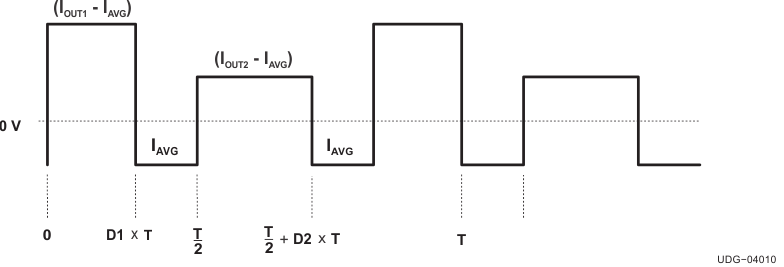SLUU182A January 2004 – March 2022 TPS5124
4.4 Input Capacitors
Due to the out-of-phase operation, the input current ripple is partially canceled. The total RMS current in the input capacitor is calculated as follows. This assumes the total input current goes into the input capacitor to the power ground and ignores the ripple current in the inductor.
 Figure 4-1 Case One (D1 < 0.5, D2 <
0.5)
Figure 4-1 Case One (D1 < 0.5, D2 <
0.5) Figure 4-2 Case Two (D2 < 0.5 <
D1)
Figure 4-2 Case Two (D2 < 0.5 <
D1)